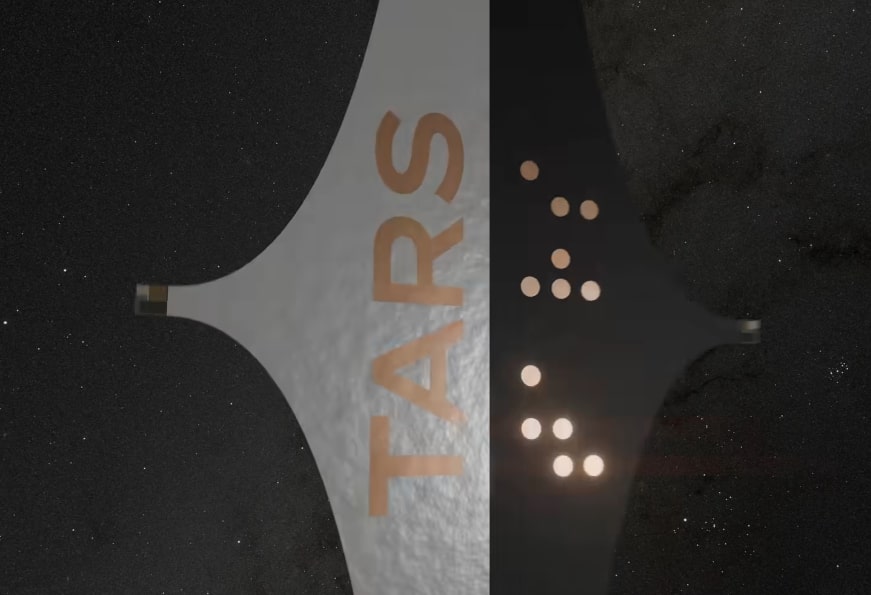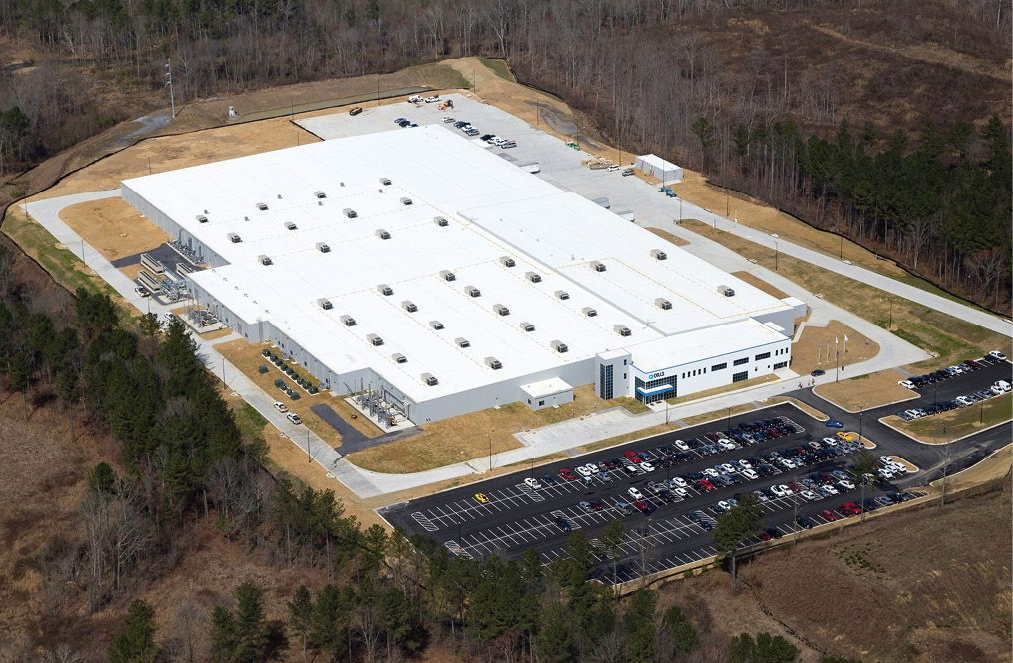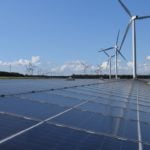There is interesting new work from Cool Worlds. A quasite is a conceptual space-based satellite system proposed by the Cool Worlds Lab (led by astronomer David Kipping), representing a hybrid or modified version of a traditional statite. A statite is an earlier idea for a solar sail-based satellite that remains completely stationary relative to a star or the sun by perfectly balancing gravitational pull with outward radiation pressure from sunlight on a highly reflective, ultra-thin sailessentially hoverin without orbiting. A quasite is not fully static like a statite but incorporates a blend of radiation pressure for partial stability and a modest tangential orbital velocity to prevent falling into the star. This results in a satellite that appears to orbit very slowly making it quasi-static. The concept allows for more practical designs, as it doesn’t require the sail to be unrealistically thin or perfectly balanced to achieve full statite hover. The quasite configuration is central to Cool Worlds’ proposed TARS (Torqued Accelerator Using Radiation from the Sun) system, a space-based satellite/propulsion platform designed for launching small interstellar probes.
The TARS system balances a system in space so that it is not pushed out by solar radiation and it builds up rotational speed.
Mirrored and dark sides convert solar radiation into rotating kinetic energy.
Using balanced electric charge it could resist releasing a catapulted payload at up to 1000 kilometer per second (0.3% of C).
I, Brian Wang, note that it could be used as a system for storing solar radiation as kinetic energy. The balanced system could keep spinning faster and faster and removing the kinetic energy is just like any other turbine converting to electricity.
Mass could be processed and used for large energy applications every few years.
It seems like 10 years can see systems spin up to store 10s of gigawatt hours. All of the pumped hydro in the world stores about 9 TWHs. 900 of the 1700 ton systems could just be deployed in space and build up large amounts of stored energy that could then be used for other applications.
Adapting TARS for power storage (spinning up with solar torque, storing kinetically, extracting via electromagnetic braking/dynamo induction to generate electricity) instead of payload launch avoids the “breakup” step, keeping the structure intact. This enables applications like space-based energy reserves for satellites, Mars bases, or beaming power via microwaves.
However, challenges include:
Deployment and Assembly: Launching large/massive versions requires multiple rockets (e.g., Starship for 100+ ton payloads) or in-space construction from asteroids/lunar resources. Unfurling the ribbon risks tears or instability; larger sizes amplify this.
Orbital and Stability Issues: Maintaining quasite orbit against solar wind, gravitational perturbations, or space debris is tricky. Rotation must be precisely controlled to avoid precession or tumbling.
Charging and Field Management: Sustaining high charge in space plasma (which can neutralize it) requires insulation or active recharging. Leakage or arcing could damage the structure.
Energy Extraction: To power applications, slow the rotation using induced currents (dynamo mode) in external coils, converting kinetic to electrical energy. Efficiency losses (~2030%) and heat dissipation in vacuum are issues; no “snap” means reversible, but repeated cycles could fatigue materials.
Material and Durability:
Carbon nanotubes handle high stress, but cosmic rays/micrometeorites could degrade them. L
arger/heavier versions increase inertia, but as noted, if heavier/larger, spin-up is not inherently slower in proportional scaling (time constant due to torque scaling with area). However, fixed-torque scenarios would slow acceleration, enabling more storage at the cost of time.
Spin-up takes years, limiting rapid charging/discharging compared to batteries.
Scaling to TWh+ requires billions in investment, but it’s passive (solar-only) and long-lasting.
Brian Wang is a Futurist Thought Leader and a popular Science blogger with 1 million readers per month. His blog Nextbigfuture.com is ranked #1 Science News Blog. It covers many disruptive technology and trends including Space, Robotics, Artificial Intelligence, Medicine, Anti-aging Biotechnology, and Nanotechnology.
Known for identifying cutting edge technologies, he is currently a Co-Founder of a startup and fundraiser for high potential early-stage companies. He is the Head of Research for Allocations for deep technology investments and an Angel Investor at Space Angels.
A frequent speaker at corporations, he has been a TEDx speaker, a Singularity University speaker and guest at numerous interviews for radio and podcasts. He is open to public speaking and advising engagements.
https://www.nextbigfuture.com/2025/08/converting-solar-radiation-into-rotating-dynamoes-or-rotating-catapults.html





